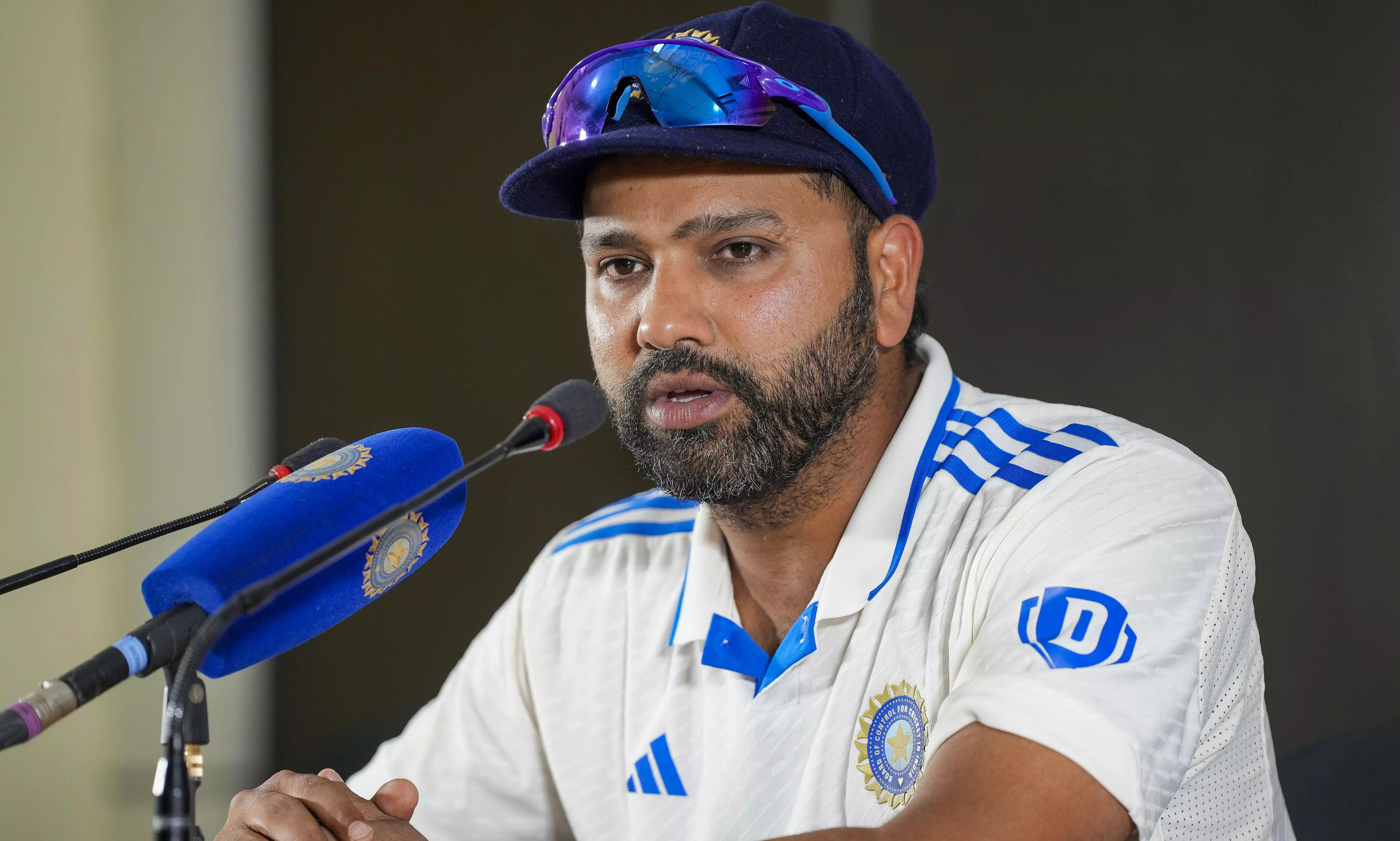
Jaiswal's DRS dismissal | Rohit: 'In all fairness, he did touch the ball'

Melbourne, Dec 30 (PTI) Yashasvi Jaiswal's contentious dismissal on Monday might have sparked an uproar, but Indian skipper Rohit Sharma attempted to douse the fire stating that the left-hander "did touch the ball" while slipping in a terse reminder that his team often falls on the wrong side of such close calls involving technology.
Jaiswal was batting on 84 (208b, 310m, 8x4) when Aussie skipper Pat Cummins' down-the-leg snorter cramped him for the room while attempting a hook, and the home side went up instantaneously in appeal for a caught behind as Alex Carey completed a tumbling take.
On-field umpire Joel Wilson didn't relent as the Aussies resorted to DRS and third umpire Saikat Sharfuddoula ruled Jaiswal out despite no edge being registered on the Snicko, basing his decision on the available visual deflection evidence.
The Indian crowd at the MCG received the decision with rounds of 'cheater' chants.
Eventually, Jaiswal's dismissal opened a door for Australia in the final session of the fourth Test and the hosts eked out the remaining Indian wickets to celebrate a 184-run victory.
However, Rohit was more practical in his views, than emotional.
"I don't know what to make of it because the technology didn't show anything but with naked eye it seemed like he did touch something," Rohit said at the post-match press conference.
"I don't know how the umpires want to use the technology but in all fairness, I think he did touch the ball," he added.
The skipper, however, lamented that his team often stood at the receiving end of such decisions.
"It's about the technology which we all know is not a 100 per cent. But again we don't really want to look too much into that," Rohit said.
"It's just that we are more often than not falling on the wrong side of it. It's been happening, so we have been a bit unfortunate," he added.
Legendary Sunil Gavaskar did not accept the decision of the third umpire which placed visual evidence ahead of a flatline on Snicko.
"The defection can be an optical illusion. Why have you kept technology? If there is technology, one should use it. You can not make a decision based on what you see and ignore the technology," Gavaskar told the host broadcaster.
Simon Taufel, himself a distinguished umpire once, said the third umpire made the right decision.
"In my view the decision was out. The third umpire did make the correct decision in the end," former ICC Elite Panel umpire Taufel told Channel 7.
"With the technology protocols, we do have a hierarchy of redundancy and when the umpire sees a clear deflection off the bat there is no need to go any further and use any other form of technology to prove the case.
"The clear deflection is conclusive evidence. In this particular case what we have seen from the third umpire, is they've used a secondary form of technology, which for whatever reason hasn''t shown the same conclusive evidence of audio to back up the clear deflection.
"In the end the third umpire did the right thing and went back to the clear deflection and overturned the umpire field. So, in my view correct decision made," he added.
This incident follows a similar controversy in the opening Test in Perth, where opener KL Rahul’s dismissal sparked a debate.
After on-field umpire Richard Kettleborough had ruled in Rahul''s favour following Australia''s appeal, the home team used DRS to challenge the decision.
Third umpire Richard Illingworth had overturned the call despite not having the benefit of a split-screen view which would have given him a clearer picture of whether the Mitchell Starc delivery actually grazed the bat or the Snicko responded to a hit on the pads. PTI

